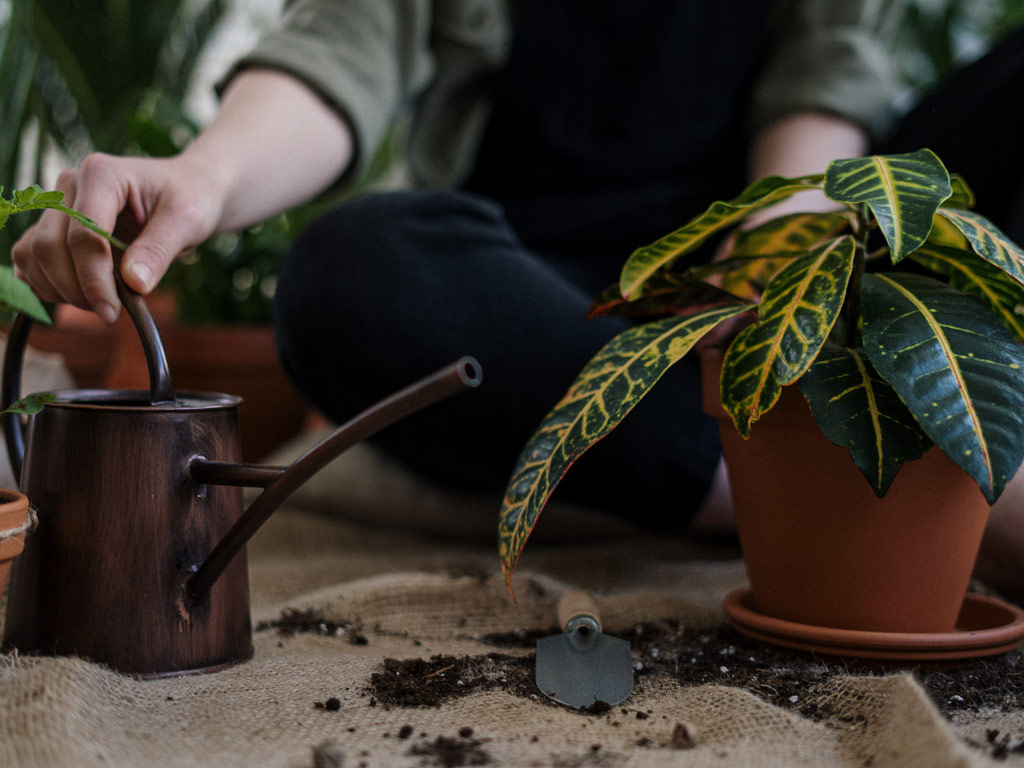Plants make their own food from the light they absorb and the soil they live in, just the way we get the nutrients we need from the food we eat.
However, just like we sometimes need an extra boost of vitamins, plants do too.
This extra boost is what we call fertilizing plants.
What are fertilizers?
Fertilizers contain different nutrients.
Macronutrients, also known as NPK, come in different ratios depending on the product type and what it’s for.
N - Nitrogen: Important for leaves and stem growth.
P - Phosphorus: Essential for roots, fruits, flowers and seeds.
K - Potassium: Important for disease resistance and plant health.
Most common NPK ratio is 19-19-19, which is a general fertilizer for all plants, think of it like a general multi vitamin.
However, they can also get more specific through different ratios, think of it like a multi vitamin specifically for our bone care, or to help your hair grow.
NPK 15-30-15, which contains more Phosphorus, is used to promote flowering and fruiting. While NPK 30-15-15, which contains higher nitrogen ratio, will be best for increasing leaf production for example.
Your fertilizer may also have micronutrients, making it a complete fertilizer. These can include iron, manganese, zinc, copper, boron, molybdenum, and chlorine. Each of which serve a role in cell, enzyme, and developmental processes. Those however, are not needed often and not in large amounts like macronutrients but they are just as important.
Types of fertilizers
Fertilizers come in different shapes and forms; liquid or powder, chemical or organic.
Overall, chemical fertilizers are more concentrated and are formulated with a near-perfect amount of each macro and micro nutrient. They are also more affordable and great for beginners.
Organic fertilizers on the other hand or derived from animal or plant byproducts. They can be slightly more expensive but they are a great chemical alternative as they are mild and natural. However, working out the micro and macro nutrients may be trickier and require more experience. Great organic fertilizers are Vermi compost and Compost.
How to fertilize plants?
Depending on the type of fertilizer, it is always best to follow the instructions on the package as to what quantity to use. Each product is different.
Fertilizing tips
The best time to fertilize is during the spring, as this is when plants begin to actively grow. During the winter, there is no need to fertilize plants as all plants are dormant.
Plants that naturally grow fast require fertilizing more often than slow growing plants such as cacti for example.
Recently potted plants and plants placed in low-light do not require fertilizers. For low light plants, it is best to top up the soil in the pot with fresh potting mix when the soil levels begin to drop.
Always dilute your product well and follow its instructions.
Remember, over fertilizing can burn plant roots, so its always best to under fertilize then over fertilize.
Never apply fertilizers directly on plants, only add them to their soil.


